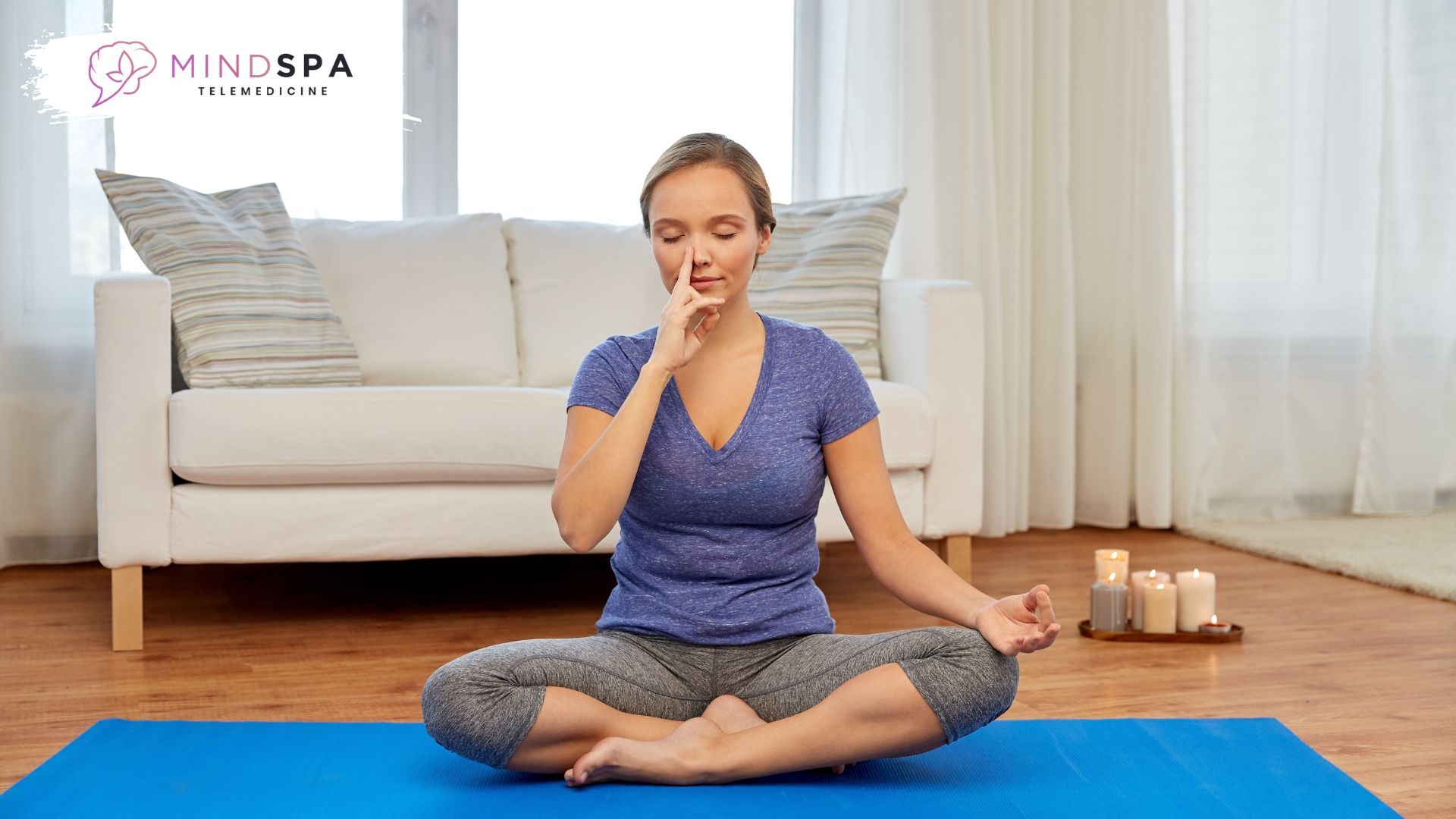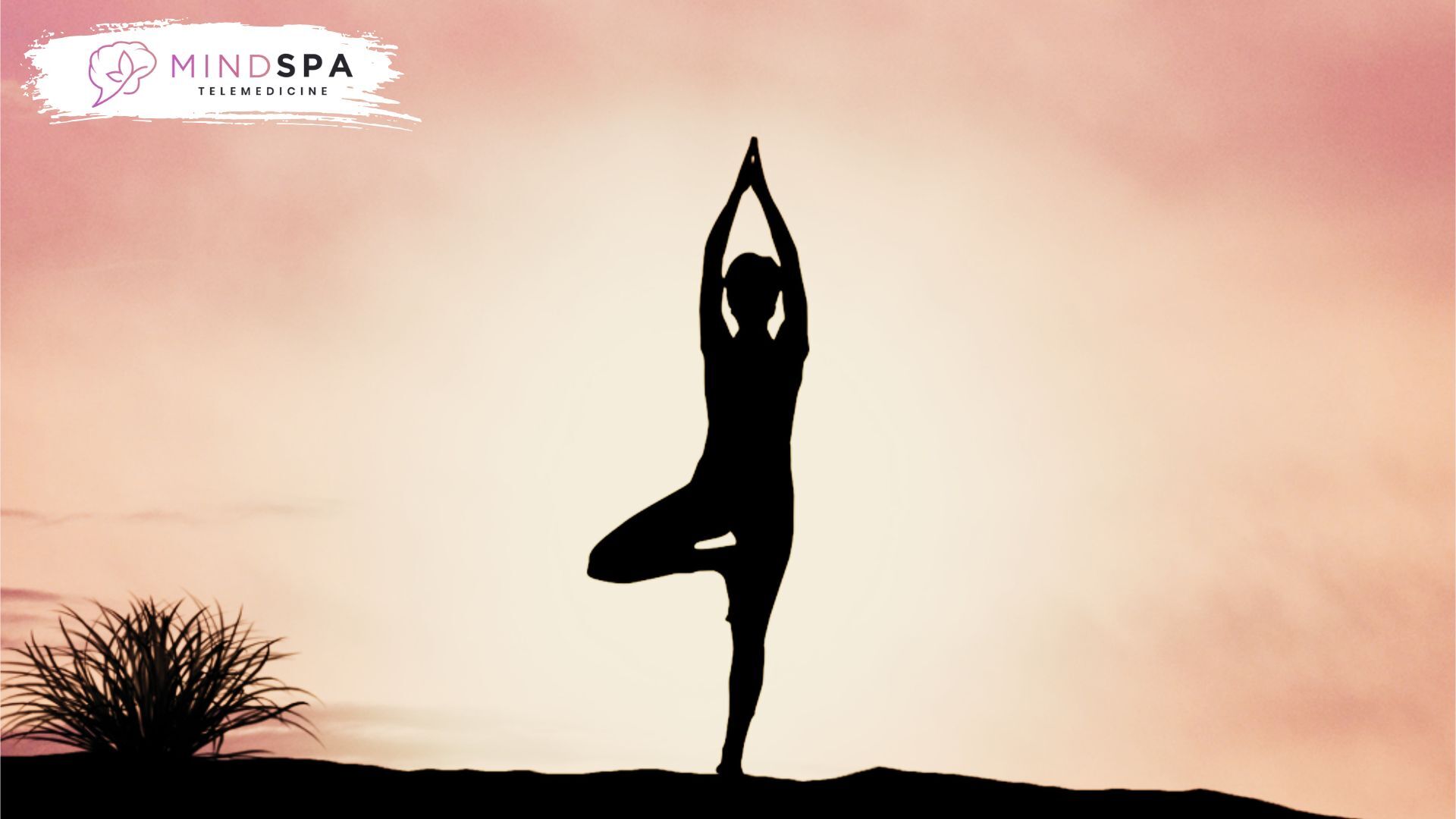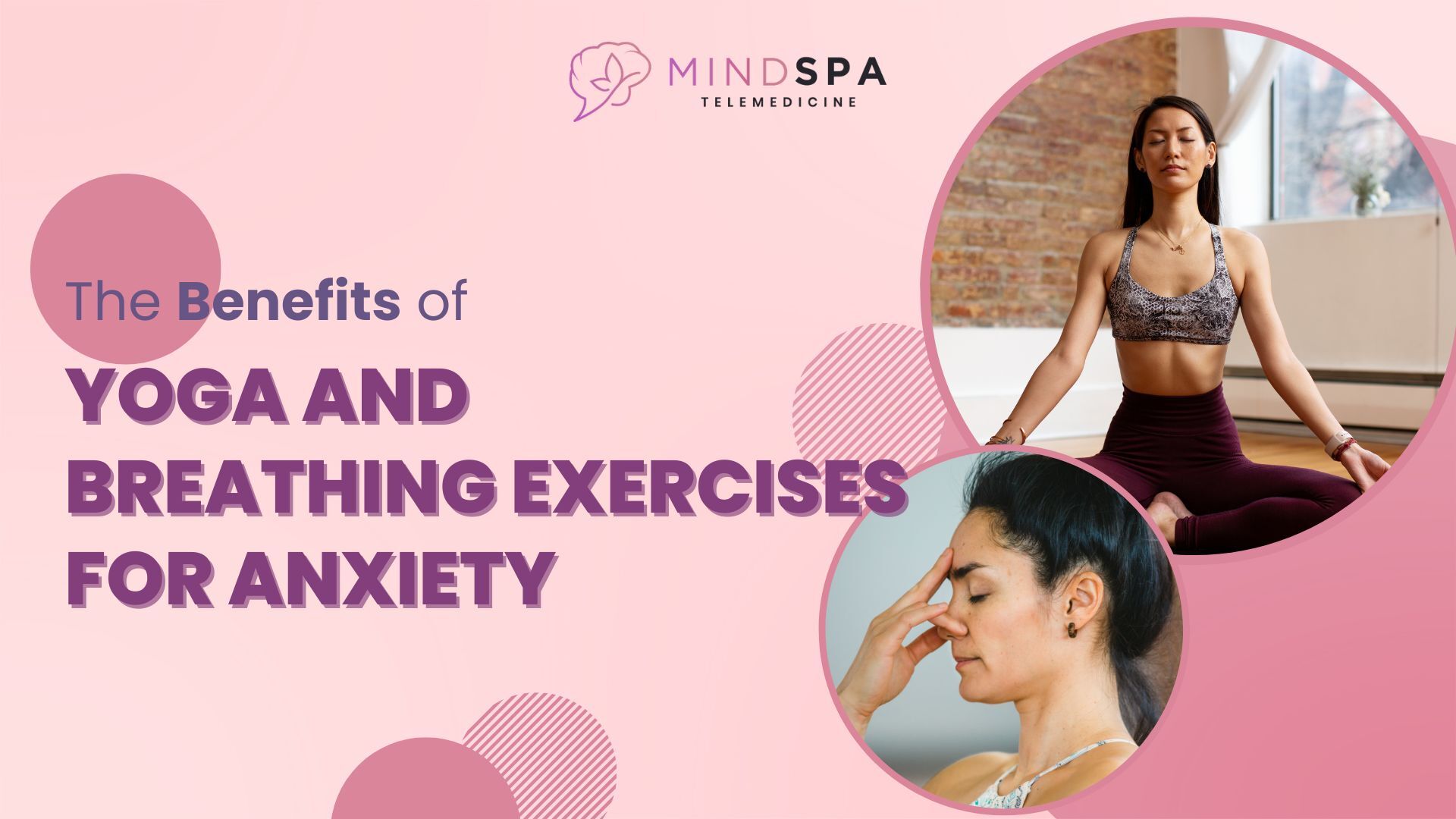Over the course of the past few decades, stress and anxiety disorders have emerged as significant problems for people of all ages. But what if there was a simple, accessible way to allay the pain?
Yoga and breathing exercises – two things that can help many mental concerns we face in the present days. Let’s take a look at how this is possible.
The Power of the Breath
Why is breathing in yoga so important? Yes, this is not as simple as breathing in fresh air into their lungs. Every inhalation that one makes during a yoga practice brings one closer to a state of calm and restful mind and nerves.
Preliminary warm-up exercises have a natural calming effect on the nervous system, thereby reducing the level of stress hormones and at the same time acts as a signal to relax.
It has been established that breathing exercises, especially the slow deep breathing can have a great deal in easing anxiety. In another study involving volunteer subjects, in a research study titled Sudarshan kriya yoga: Breathing for health, it was discovered that yogic breathing brought a significant reduction in anxiety in the group which took 20 minutes in the practice compared to the control group which did not practice yogic breathing.
Yoga Techniques for Anxiety Relief
Yoga isn’t just about twisting your body into pretzel-like shapes. It’s a holistic practice that combines physical postures, breathing techniques, and meditation to promote overall well-being. Here are some yoga techniques that can help ease anxiety:
- Child’s Pose: It benefits to keep the mind open and any tension in the upper back and shoulders; it is actually a very calming position for the mind and soul.
- Tree Pose: Positions such as standing on one lower extremity of your body enables the mind to have a subject of focus other than being worried and hence aids in the stabilization of the mind.
- Corpse Pose: It is advised to lie down on the bed and then focus on the process of breathing as a way of addressing issues of stress and tension.
Breathing Exercises to Calm Your Mind
What are the benefits of breathing exercises for anxiety? There are many and they include the following which most of them are supported by research. Deep and slow breaths, duration and pace, have been proven to decrease blood pressure, reduce release of cortisol hormone, and generate calmness in an individual. Try these simple techniques:
- Box Breathing: Breathe in for four seconds, breathe out for four, hold your breath for four and again hold your breath for four. Repeat.
- 4-7-8 Technique: Take 4 second inhale followed by a 7 second hold and then about 8 second exhale. This pattern assists in stimulating the parasympathetic division of the worried system.
- Alternate Nostril Breathing: This technique brings harmony between the left and right side of the brain and that brings in the feeling of relaxation.

Breathing Meditation: A Path to Inner Peace
Does breathing meditation help in anxiety? Absolutely. One of the approaches to meditation that has been proven to decrease the manifestations of anxiety is mindfulness meditation, which is mainly aimed at breathing.
Morrow et al.’s Journal of Clinical Psychiatry indicated that depression was reduced in a group of participants with generalized anxiety disorder by 58% after an 8 weeks mindfulness program.
For those wondering how can breathing exercises help test anxiety, the answer lies in the physiological effects of controlled breathing. Deep breaths before and during an exam can lower heart rate, reduce muscle tension, and clear the mind, allowing for better focus and recall.
The Science Behind the Calm
But how exactly do these practices work? When you’re anxious, your body goes into “fight or flight” mode, releasing stress hormones like cortisol and adrenaline. Yoga and breathing exercises counteract this by activating the parasympathetic nervous system – your body’s “rest and digest” mode.
MRI studies have shown that regular yoga practice can actually change brain structure, increasing gray matter volume in areas associated with self-awareness and emotional regulation. This might explain why yoga practitioners often report feeling more centered and less reactive to stress.
Yoga for Long-Term Anxiety Management
Thus, along with pharmacological treatment and psychotherapy, which can be effective in the treatment of anxiety disorders, yoga will be an addition that will help achieve a lasting positive result.
In a study done by Catherine Woodyard, it was evidenced that the majority of the yoga interventions offered positive impact with the reduction of the symptoms of anxiety among the different studies subjects.
The beauty of yoga and its appeal is that everyone can practice it. No costly equipment or going to the gym is required. Several minutes a day and the desire to expand one’s knowledge are enough to begin appreciating the benefits of this activity, which has been used for centuries.

Breathing Your Way to Better Health
The effects of practicing yoga and breath control are not only seen in a person’s psychological well-being. Physical practice has been shown to enhance the quality of sleep people get, strengthen the immune system of a human being and even bring changes in chronic pain. It is one of the most suitable health practices since it involves both the physical and the psychological aspects of a person.
It is well said that practice makes a man perfect, similarly, in yoga and breathing exercises too, consistency will make you perfect. Begin with as little as 5 minutes a day to create a change. The more you practice, you should reduce your practice session but the more comfortable you are, begin to lengthen the session.
It is crucial you remember that there are no perfect ways of doing the yoga or the breathing exercises. It is about identifying those practices that can be incorporated into one’s lifestyle and incorporated into a daily regime. You will find that along with the passage of time and regular practice, one is better placed to handle stresses and anxieties that come with daily life.
A Natural Path to Wellness
In a world where quick fixes and instant solutions are often sought, yoga and breathing exercises offer a different approach. They don’t promise overnight miracles, but rather a gradual, sustainable path to better mental health and overall well-being.
So the next time you’re feeling overwhelmed by anxiety, take a moment to pause. Close your eyes, take a deep breath, and remember – relief might be just a few breaths away. Your journey to a calmer, more centered you start here, one breath at a time.


